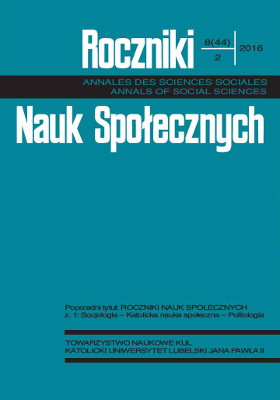Koncepcje Unii Europejskiej jako aktora na arenie międzynarodowej a rozwój aktywności w zakresie polityki zagranicznej, bezpieczeństwa i obrony
Concepts of the European Union as an actor on the international stage and the development of activities in the field of foreign, security and defense policy
Author(s): Andrzej PodrazaSubject(s): International Law, Recent History (1900 till today), International relations/trade, Security and defense, EU-Approach / EU-Accession / EU-Development
Published by: Towarzystwo Naukowe KUL & Katolicki Uniwersytet Lubelski Jana Pawła II
Keywords: European Union; concepts of an EU international actorness; Common Foreign and Security Policy; Common Security and Defence Policy;
Summary/Abstract: The aim of the article is to analyse the European Union as an actor in the international arena from the point of view of the three most influential concepts, i.e. Europe as a civilian, normative and military power. Characterization is made taking into account the evolution of the Union's external activities ranging from failed attempts to initiate political integration in the 1950s until the period after the entry into force of the Treaty of Lisbon in 2009. The European Union is treated as a new kind of power, whose value is derived from the use of economic and diplomatic instruments (a civilian power), attachment to the values and norms of international law (a normative power) and the limited use of military instruments in the form of Petersberg operations (a military power). The EU cannot fully play a significant role in the international arena. Restrictions in this regard derive from the lack of an adequate response by the EU to many current challenges internal (e.g. Brexit) or external challenges (e.g. the war in Syria and the influx of refugees to Europe). They are also the result of the fact that the European Union is treated as a hybrid structure, since it is derived from different sources, or consists of elements with different or opposite nature.
Journal: Roczniki Nauk Społecznych
- Issue Year: 44/2016
- Issue No: 3
- Page Range: 85-114
- Page Count: 30
- Language: Polish

